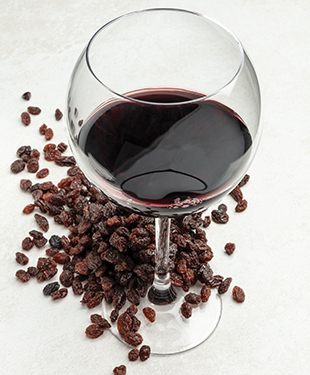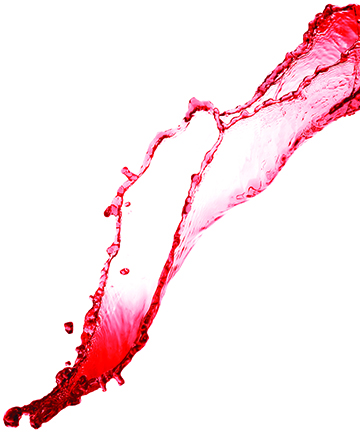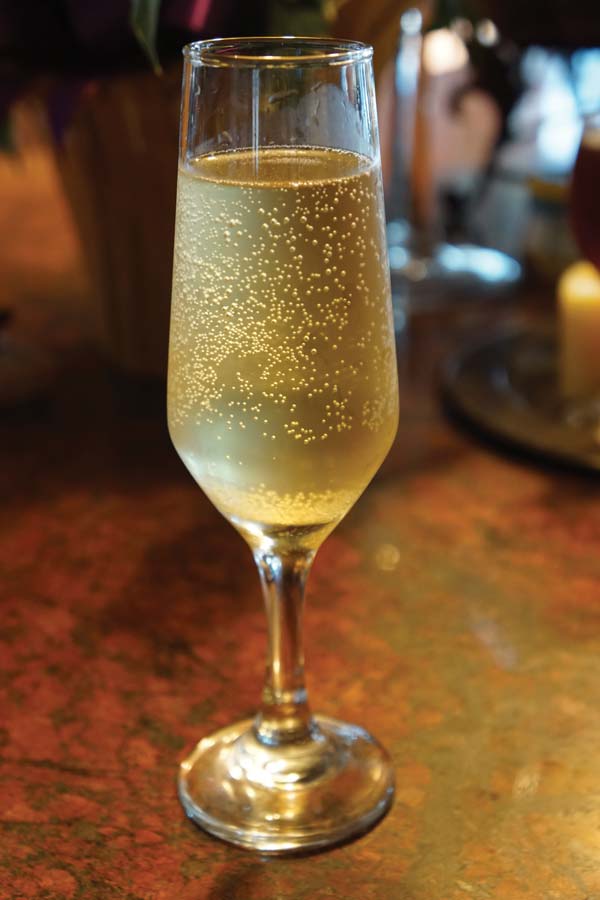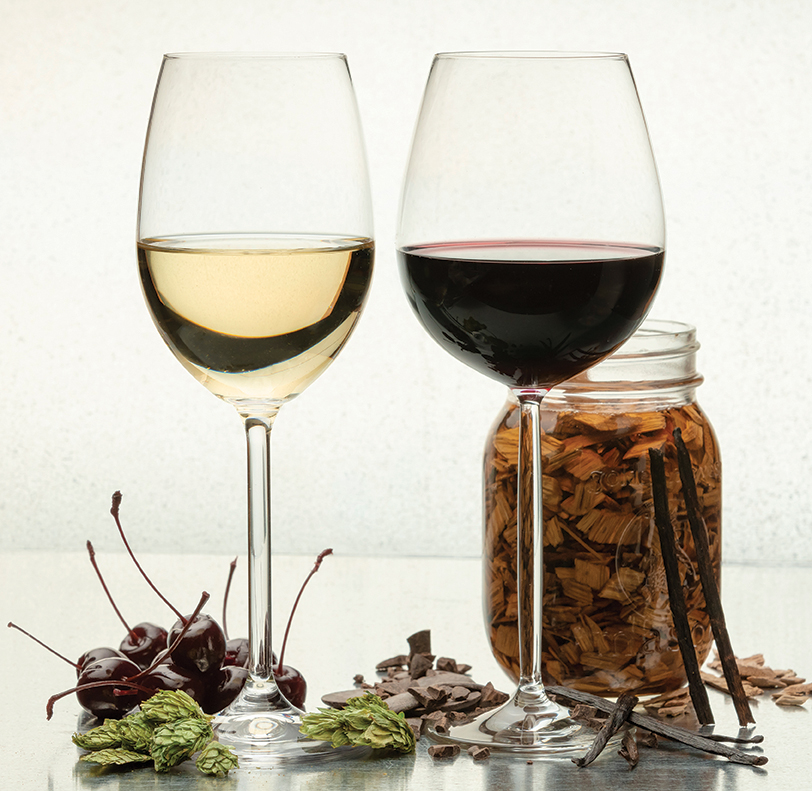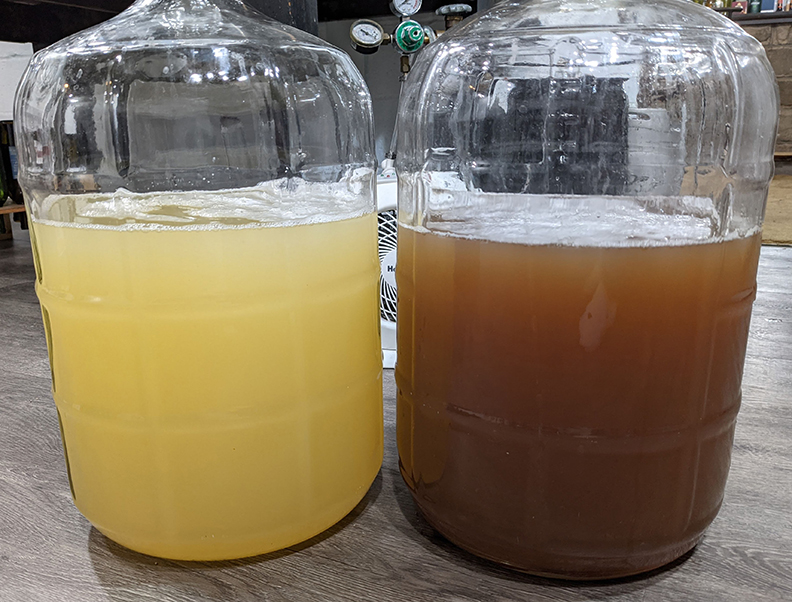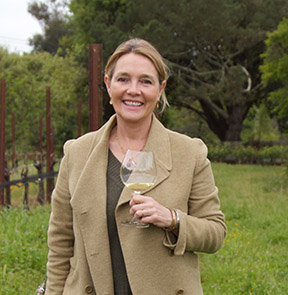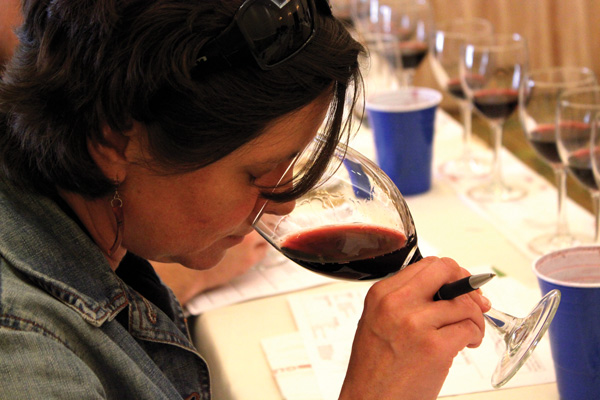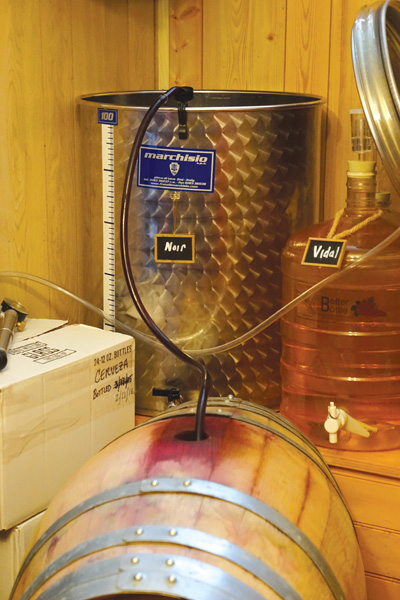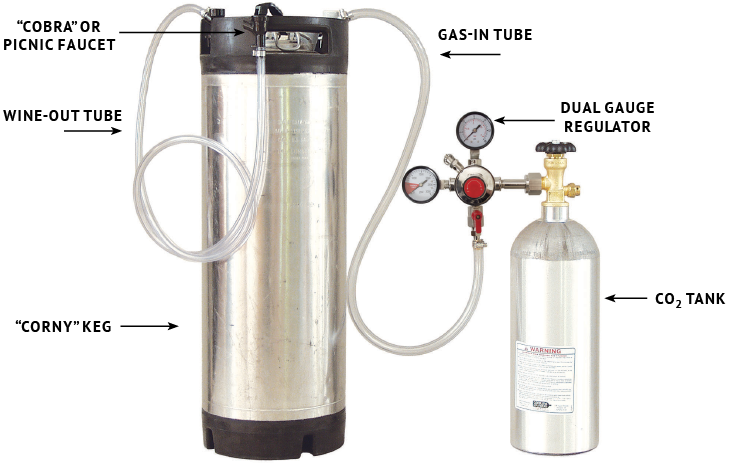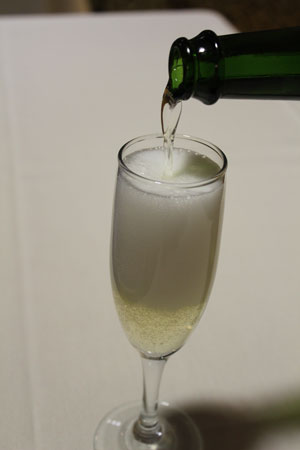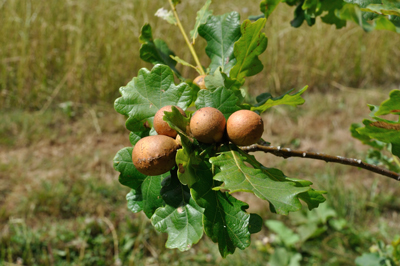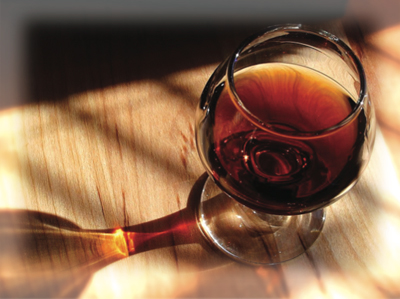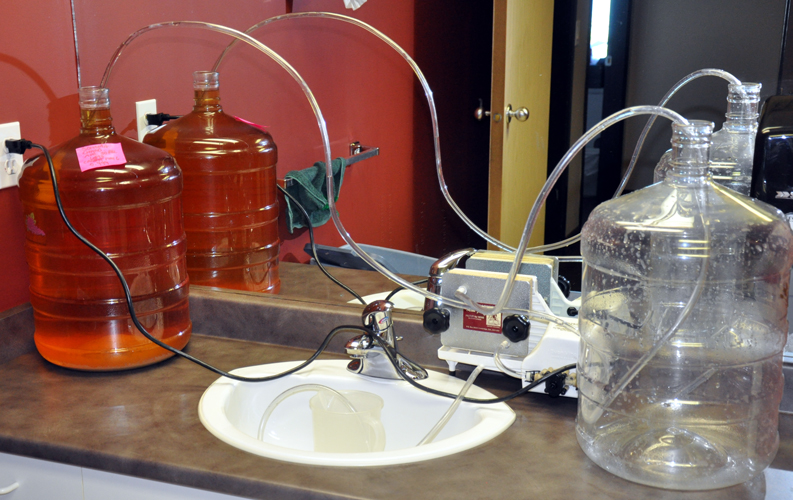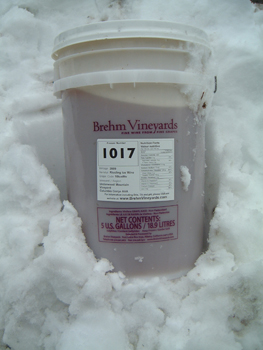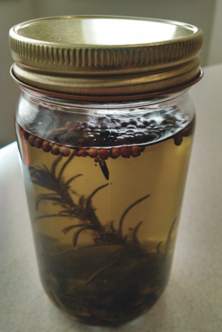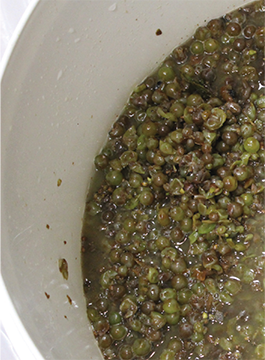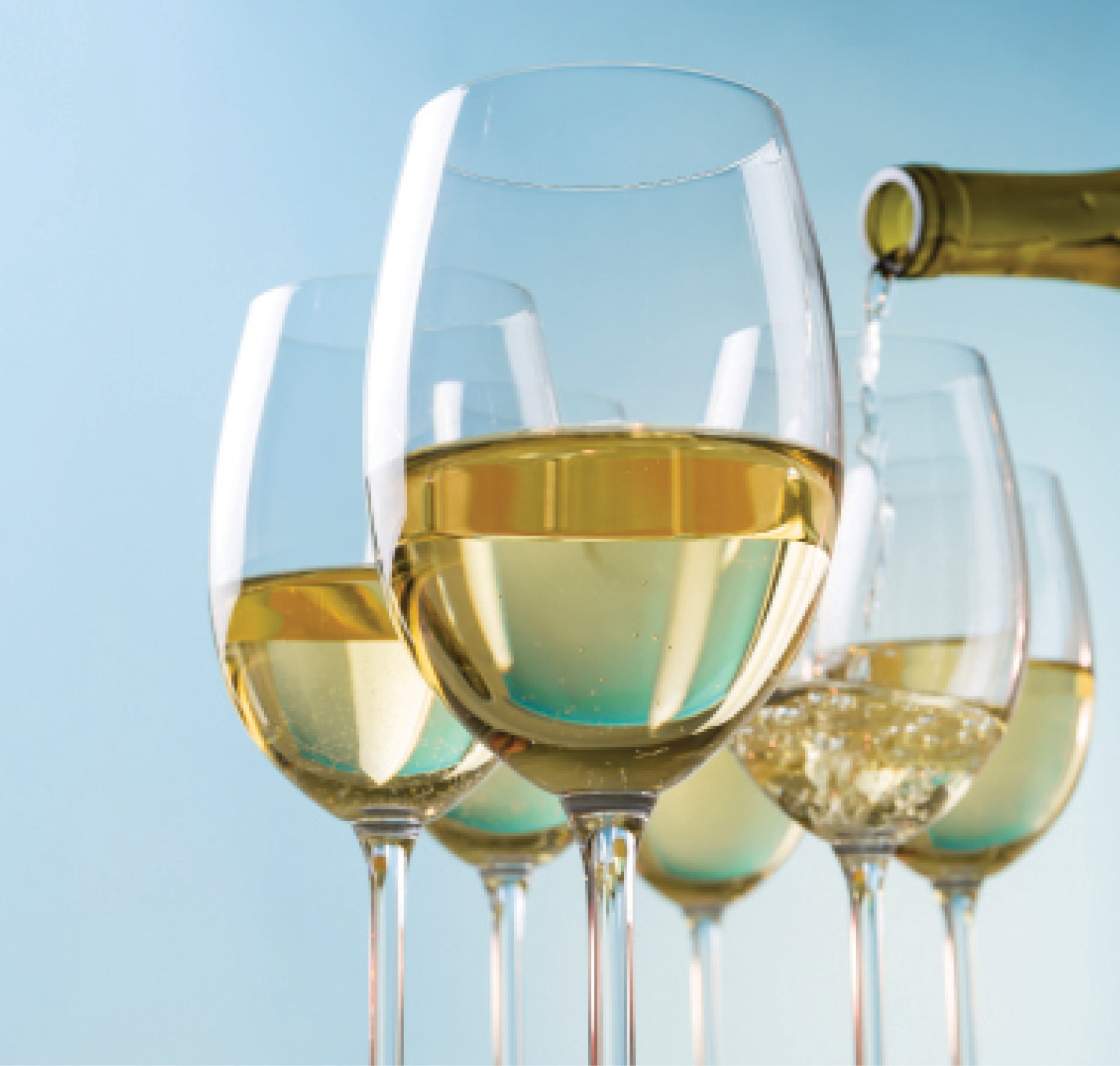Topic: Techniques
Boost Your Wines With Raisins
Raisins can be used to add body, flavor, sugar, and complexity to grape wines. They can add a wine-like character to fruit wines. And they can even be made into wine on their own. Learn more about the use of raisins in winemaking.
Enological Oxygen Principles and Practices
While it sometimes gets a bad rap because too much oxygen can destroy a wine, oxygen is also very important to the winemaking process. Learn the six ways to use oxygen to your wine’s benefit.
The Charmat Process to Sparkling Wine
Many homebrewers of beer are unknowingly very familiar with the Charmat method to carbonate wine. If you are unfamiliar with this easy, albeit more equipment-heavy, process to produce bubbly wines, Bob Peak explains the technique.
Sacrificial Tannins Explained
Tannins, or the compounds in grapes (and oak barrels) that contribute to a pleasing sensation of astringency in red (and some white) wines, are found in grape skins and seeds. As a
Craft Beer-Influenced Winemaking
A trend has emerged from the world of craft beer as some notable brewers have begun releasing wines. What sets these wines apart is an unusual approach of adding adjuncts and other techniques that are common in the world of beer. Learn what they are doing and how you, too, can make wine like a brewer.
Hyperoxidation
As a home winemaker, you’ve likely spent years taking every precaution at your disposal to assure that your juice does not oxidize prior to fermentation. However, there are a small-yet-growing number of winemakers out there who intentionally oxidize their juice with an aim to reduce phenol content. The technique is called hyperoxidation, and it is only for the brave.
Adding Carbonation To A Dessert Wine
If you’ve got a carbonation setup at home that you use for your homebrew, cider, mead, or kombucha, you certainly can fizzy up some wine products for yourself. I like your idea
Protecting Your Wine From Oxygen During Racking
Excluding oxygen by gassing headspaces and purging containers is one of the most important winemaking jobs we have. Oxygen exposure during aging can create all sorts of problems from premature oxidation and
Using Pectic Enzymes in a Red Wine
To quote one of my vineyard colleagues who always likes to give multiple sides to every answer, “It depends” (thanks, Rich). And so it is with pectic enzymes in winemaking. Pectic enzymes
Crafting a Buttery-Style of Chardonnay
Indeed, that flavor you’re after is primarily caused by the malolactic bacteria, which impart that buttery, dairy, or creamy taste in many Chardonnays. This is because these bacteria, depending on the strain,
Malolactic Fermentation After Cold Stabilizing
I always think it’s wonderful when people can do a “natural” cold stabilization over the winter months. It’s an incredibly intuitive and very old-fashioned, non-interventionist way to accomplish a key winemaking task.
Degassing Wine
As you know, the fermentation process (both the initial fermentation turning sugar into ethanol and the secondary malolactic fermentation) produces quite a lot of carbon dioxide gas. The majority of this escapes
Benefit From a Cold Soak: Tips From the Pros
The benefits of cold soaking are debated among winemakers, but those who subscribe to the technique of keeping (usually red) grapes cool for a few days prior to fermentation swear by it.
Volatile Acidity: A little goes a long way
Many wine aficionados view volatile acidity (VA) as a very fine line between a good thing and a bad thing. Find out ways to control VA so that you can walk that line between a wine boost and a wine defect.
Racking Strategies: Why and when to employ
While racking may seem like a tedious task at times, its impact on a wine can be profound. Learn some of the techniques that you can use and the decision-making process winemakers should consider before each racking cycle.
A Quicker Route to Bubbles
Making non-traditional sparkling wine at home through force carbonation is simple and can yield amazing results. With just a few pieces of equipment, one can make delicious bubbly in a matter of
Sparkling Wines: Tips From the Pros
This Valentine’s Day, wouldn’t it be great to break open a bottle of your own homemade bubbly? Learn from two winemakers producing highly acclaimed sparkling wines about the nuances of making them at home.
Gum Arabic
Here goes some gum arabic info . . . I was first introduced to it at Bonny Doon when Randall Grahm brought it back from one of his jaunts to France, around
Using Tannins: Purposes, sources, and use in winemaking
Tannins can provide a wine with a lot more than just astringency. They can also be useful in white and rosé wines as well if used properly. Bob Peak gives a tour of the benefits of various tannin products available to hobby winemakers.
Fortify It! Adding Spirits To Your Wine
Your first fortified wine can be a little intimidating. What method are you going to utilize? Sweet or dry? What type of spirits are you going to use? Then again, maybe you’re
Wine Filtration 101
You want to start a heated and emotionally charged discussion on a controversial topic? Ask a group of amateur winemakers for their thoughts on the impact of filtration on wine. Chances are
Making Wine From Juice
You may be curious about a way of making wine intermediate between using fresh fruit and making kit wines. Increasingly popular, the hobby of making wine from grape juice comes in two
Unconventional Additives
There are lots of possibilities for adding extracts, flavorings, herbs, and spice when you are making wine at home. We explore a variety of options.
Adjust Your Must
There are many points throughout the winemaking process where a winemaker must make adjustments
in order to influence the final outcome. When the grapes come into the winery, the very first choices you will make as a winemaker will be done in the unfermented must.
Six Essential Winemaking Techniques
Commercial winemakers and wine industry professionals don’t become experts overnight. It can take many vintages to figure out what works and what doesn’t work in a home or commercial winery. But that
